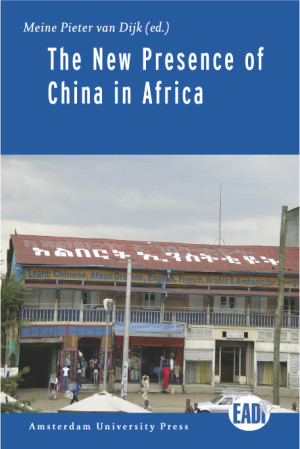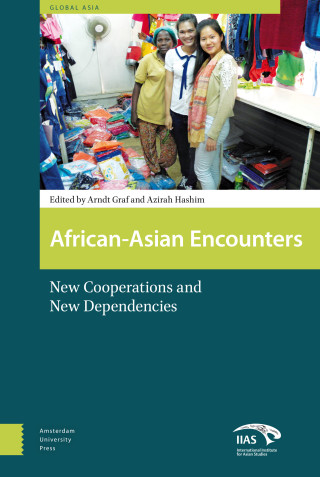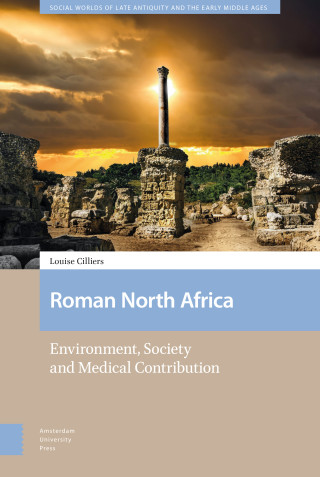This is one of the best books on Chinese-African relations from an economic-managerial perspective. It provides a great insight on Chinese FDI, Foreign Aid and Trade with Africa and therefore a must for policy-makers, researchers and students dealing with the influence of China in Africa.
Diederik de Boer, Director of the Sustainable Development Centre, Maastricht School of Management
The dramatic increase in China’s economic and political
heft has changed the nature of China’s relations with African countries,and van Dijk’s book (much of it—six of ten chapters— written by the editor
himself) is a welcome and careful consideration of the situation, effects, actors, motives, opportunities, and potential problems.
African Studies Review, Volume 55, Number 3




